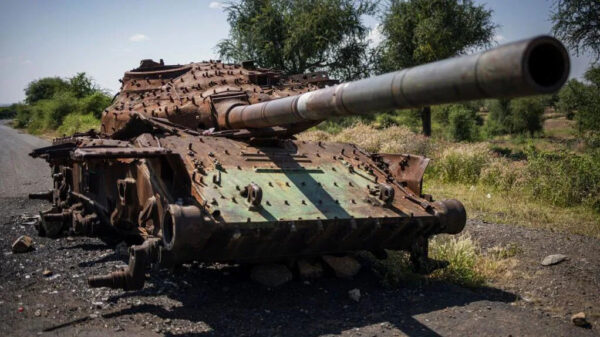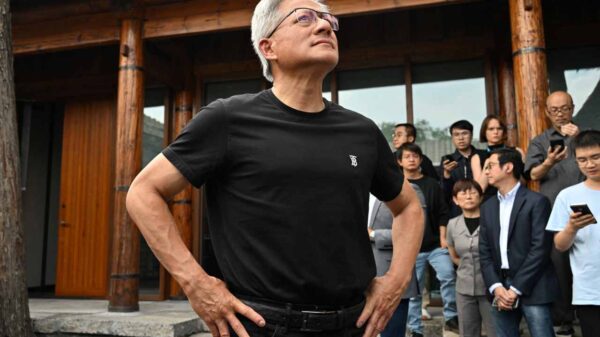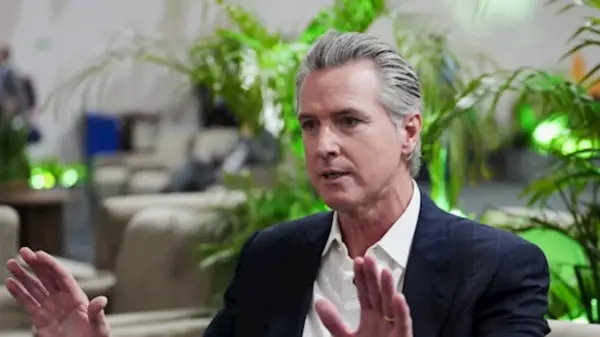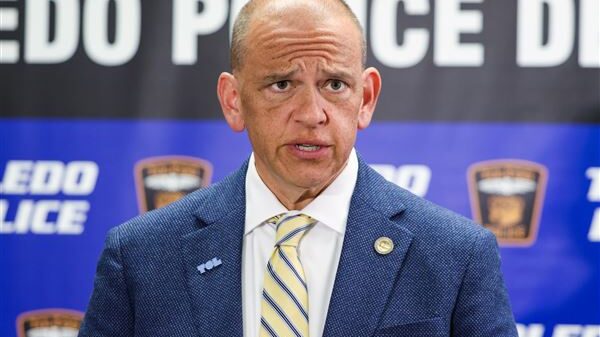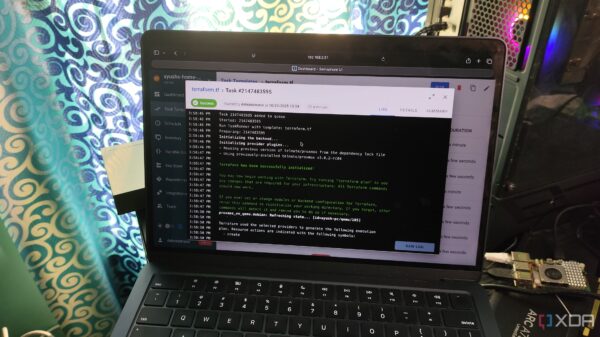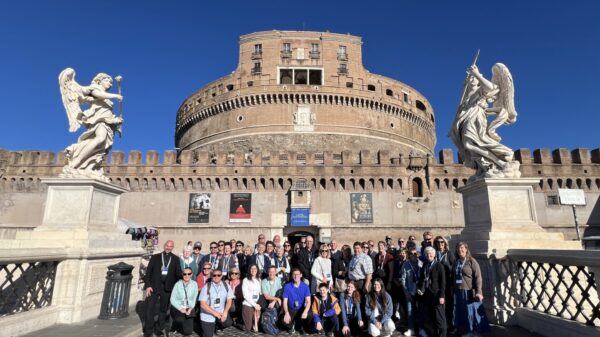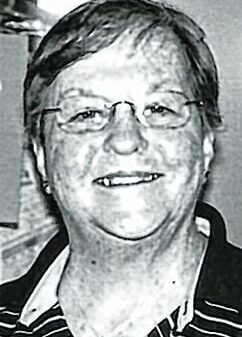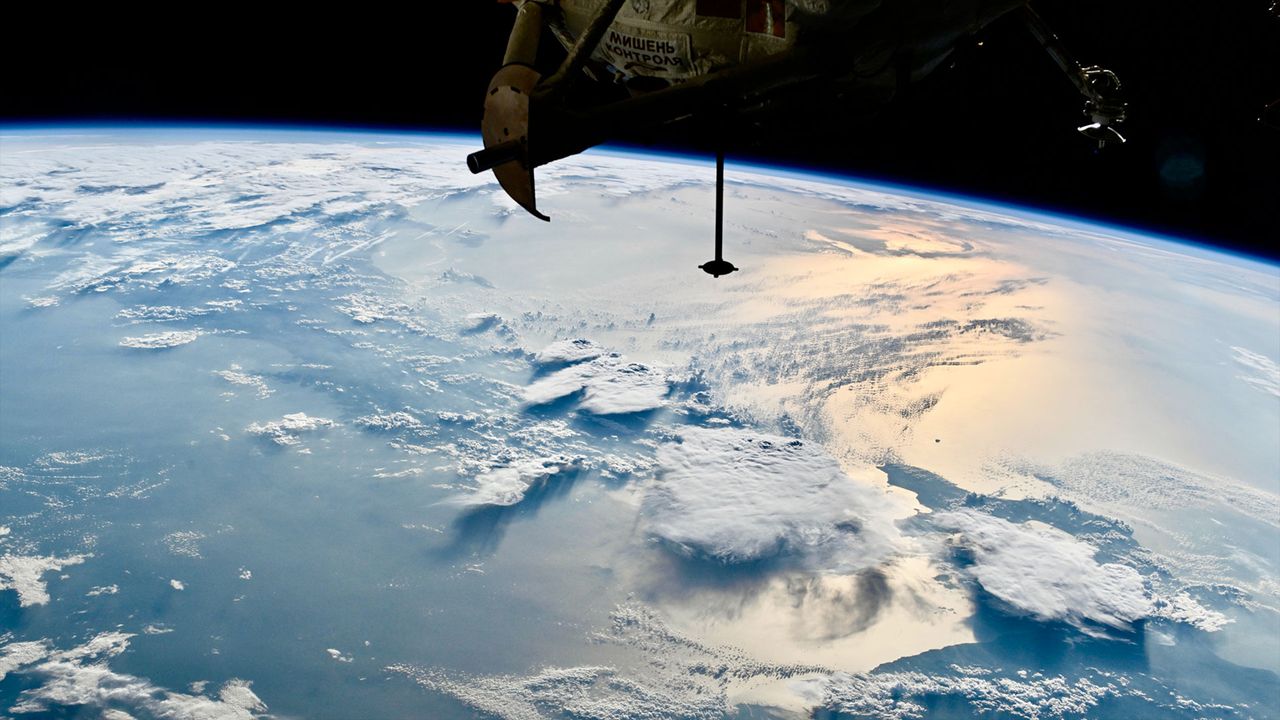The crew aboard the International Space Station (ISS) has maintained its focus on scientific research and routine maintenance despite the onset of a U.S. government shutdown. Between September 29 and October 3, 2025, Expedition 73 members engaged in various experiments and system checks that are critical for advancing space exploration.
Scientific Endeavors in Microgravity
During this week, the Expedition 73 crew conducted a range of scientific activities. NASA astronaut Jonny Kim initiated the State-of-the-art Humidity Removal in Microgravity Payload (SHRIMP), a device engineered to extract and recycle moisture from the spacecraft’s atmosphere. This innovation is vital for sustaining long-duration missions.
Additionally, astronaut Mike Fincke installed a new experiment called Heat Transfer Host 2. This study aims to investigate condensation processes, which could significantly enhance thermal systems for future crewed spacecraft venturing into deep space.
Another notable project was the installation of new sample cassettes for the Advanced Space Experiment Processor-4 by NASA flight engineer Zena Cardman. This research supports the production of pharmaceuticals in the unique environment of microgravity, potentially revolutionizing drug manufacturing.
Maintenance and Preparations for Future Research
In addition to scientific research, the Expedition 73 crew participated in essential maintenance activities. Fincke and Kim configured the Fluid Science Laboratory, a European Space Agency (ESA) facility, focusing on the physics of fluids in microgravity. They replaced electrical cables and prepared components for upcoming experiments.
Fincke also set up the TransAstra Fly Trap Capture Bag Demo within the NanoRacks Bishop airlock. This demonstration aims to evaluate the bag’s ability to remain sealed in the weightless environment of space, a crucial step in developing methods for capturing and disposing of space debris.
Meanwhile, Kimiya Yui, a Japan Aerospace Exploration Agency (JAXA) astronaut, worked on the Electrostatic Levitation Furnace. This device utilizes lasers to heat materials to extreme temperatures while collecting data on their thermal properties, contributing to materials science research.
As of October 3, 2025, there are seven crew members aboard the ISS: Expedition 73 commander Sergey Ryzhikov and fellow cosmonauts Alexey Zubritsky and Oleg Platonov, along with NASA astronauts Kim, Cardman, and Fincke, and JAXA’s Yui.
The ISS currently hosts two crewed spacecraft: SpaceX’s Dragon “Endeavour” and Roscosmos’ Soyuz MS-27. Additionally, four cargo spacecraft are docked: Roscosmos’ Progress MS-31 and Progress M-32, SpaceX’s CRS-33 Dragon, and Northrop Grumman’s NG-23 Cygnus XL, also known as the “SS William C. ‘Willie’ McCool.”
The International Space Station has been continuously inhabited for an impressive 24 years, 11 months, and 1 day, marking a significant milestone in human space exploration.









